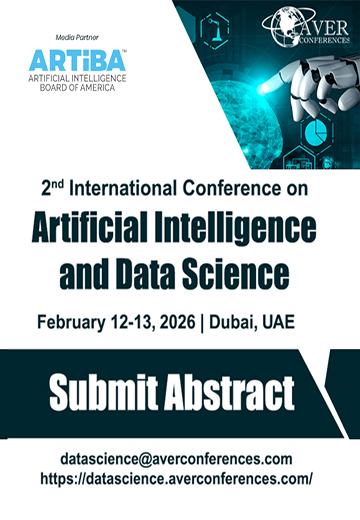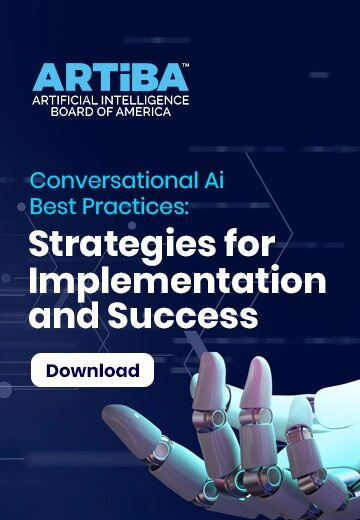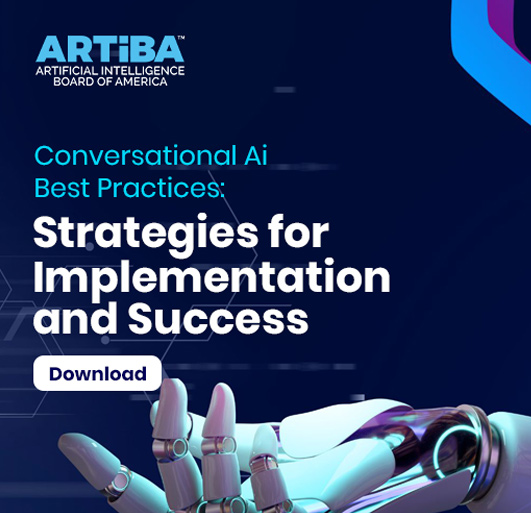AI Engineering: Inclusive or Exclusive?

In the past, data teams and other jobs dealing with data, we're still pretty much in the wild west, meaning all of it is new territory & is yet to be explored. Certain best practices have been uncovered in recent times, but for the most part, there's not any one proven method to follow and the fact that the job titles of data professionals' (and the roles they play) differ widely is another evidence of this.
One of the forks in the path for the future of how data teams will evolve, roles in data, and even the field of artificial intelligence (AI) in general is how AI ought to be inclusive (that includes the various types of people with different roles, working together towards an end objective) as well as exclusive (siloed to particular and specific teams in order to get the job accomplished more precisely and effectively).
Which direction AI veers will be able to alter the core structure of companies and even individual career paths.
So, what is the future -- inclusive or exclusive?
It's not wrong to say that the underlying principles in AI have an exclusive origin. In the end, it's the result of data science, which entails contribution & people coming in from various kinds of fancy and exclusive educational backgrounds --- Ph.D.s, Mathematicians, statisticians and many more.
The job of a data scientist has been placed on the pedestal as the most sexy job in this century. This is so much so that when the phrase "citizen data scientist" arose in the past few years it's not hard to understand the reason why it was viewed as a downer when you look at the only image that was associated with the field.
Although we're not necessarily in agreement with the idea in the sense of "citizen data scientist" however, the notion that AI could or should change from being something exclusively exclusive to being something inclusive is an intriguing and important one.
Inclusive AI: What and Why
Today inclusive AI can mean a number of things:
-
Collaboration on AI projects is a cooperation between individuals who have different profiles, strengths and education backgrounds. In essence, this typically means that different departments work in tandem to reach an agreed-upon purpose.
-
However, more than just simple collaboration on a particular project, it can also translate to the wider spread of AI processes throughout the company -- a total shift in the way we are working.
-
Perhaps most importantly, today's inclusive AI has also begun to acquire a different meaning, which is not part of how companies and businesses work. It addresses issues such as interpretation, accountability, bias and fairness -- all areas that could be described as being caught in the wild west setting.
In general the concept of inclusive AI is the concept that the more people participating in AI processes the more successful the result because of the diversity of expertise, points of viewpoint, or instances. For a business this means not limiting the use of AI or data systems to specific roles or teams instead, it means giving everyone the tools and resources at the organization to make daily decisions as well as bigger process adjustments that are based on data at their center.
However, is it the ultimate goal? Do you think it's the right direction businesses should follow?
What can companies do to help build a more inclusive AI?
Discussions about ethical AI and its responsible use are gaining momentum because the ethical implications of AI's application are being felt more and more in our everyday lives and society. With AI having a major impact on life-changing decisions around mortgage loans, healthcare, parole, and many more, having a reliable method of AI development is more than just a nice-to-have. It's a necessity.
In theory, businesses want to develop responsible, inclusive, and ethical AI to serve their customers and protect their reputation as a brand; however, in reality, they often have to struggle through the details.
Inclusive making AI requires a complete shift of mindset throughout the process of development. It is about weighing the complete importance of each crucial decision made during the building process. A minimum requirement is an overhaul of strategies that deal with data as well as, in particular, the AI model (programs that are used to represent algorithms, rules, numbers, and other algorithms-specific data structures that are required to predict the outcome of the specific job) and beyond will be required.
An action plan to promote inclusion
It's the duty of the individuals who develop AI solutions to ensure that the AI has a broad appeal and offers society a net positive benefit. To achieve the latter, you must take important steps throughout the AI development process:
1. Data: At the data stage companies collect, clean, annotate and validate data to build machine learning models. In this stage of the AI development process, there's the best possibility to implement an all-inclusive approach since the data forms the basis of the algorithm. There are two aspects to think about:
-
The term "data diversity" refers to Diversity in data refers the extent to which your data span a web. Is it able to cover every one of your possible use cases, including those that might be more uncommon? Does it include all your users and the way they interact with your system? Insufficient coverage is one of the most common reasons businesses fail to create better and more diverse AI. This is the step that needs certain analysis throughout the AI development process.
-
Data governance should be approached through an inclusive view. Create guidelines and policies for data management to ensure that you're preparing and training data that is of the highest quality and accuracy and supporting the ethical goals of your company.
Without data that is representative, you can't build a inclusive product. It would be best to spend the bulk of your time working on your project to make sure that you have the data correct, or collaborate with an external provider of data who will ensure that the information represents the people for whom your model was created.
2. Model:
Although it is less important than the data component, there are crucial opportunities to build the model that allow it to include inclusive methods.
-
Model governance A framework of governance for the development of models is the guidelines that will ensure the models are utilized ethically, and the appropriate metrics are emphasized. If you can optimize your models to become precise 85 percent of the time, then what does this mean for the remaining 15 percent? If the negative effect on the end-user is significant enough to constitute an ethical breach, you must reconsider your priorities. A governance plan will define the projects that should be implemented (and those that shouldn't).
-
Test using a diverse group of users on a larger size: You can't always predict how your users will use your software. To prevent unpleasant surprises, you should include an extensive, representative group of your users' end-users at the beginning of your testing process. There may be weaknesses in your model's performance or even new scenarios such as those that might have been difficult to find if the model was already operating.
Planning and delivering on the right goals (for example, creating a KPI that evaluates bias) can go far in creating an accountable final product.
3. The post-deployment phase:
A few teams believe that their work is done after the model is deployed. However, the reverse is the case. It's only one step in the cycle. Models require significant maintenance and retraining to remain at the same level of performance, and this should not be a last-minute decision: letting the performance drop could lead to serious ethical consequences in certain situations. Include the following best practices into the framework of your post-deployment framework:
-
Retraining and continuous monitoring Create a team to observe the model post-deployment. Regularly ask questions: Is it functioning as expected? Does it perform the same for all users? Does it maintain its efficiency? If one of the above questions is no, it's time to train your model based on the latest information.
-
Create open feedback loops: You want to keep track of how users feel about your software. It isn't always possible to have complete or immediate information about issues until you establish a process to collect feedback. Establish a system to collect users' feedback and then respond immediately to any feedback that is proven to be genuine.
This isn't a precise plan, but it's the foundation for moving towards an inclusive AI from a discussion about theoretical issues into actionable steps for the business. If you consider AI development through an inclusive view, there are various other steps to follow throughout the development cycle. It's a crucial task for AI to be effective and efficient, and it must work efficiently for all.
Exclusive AI: The Alternative
Exclusive AI could be a viable alternative to the scenario above. It's an intriguing word as it could have negative connotations (restriction and in conciliable) and also positive connotations (premier committed, completely). In the same way, it can be positive or negative within the business, based upon how it's used.
The future of AI that is exclusive likely won't be as much like the current state of exclusivity which is most likely to be a good thing. The idea of keeping AI completely at the disposal of one or two experts in data science is not beneficial for the scalability of AI. However, it could be more localized, permitting those who are highly skilled in AI systems to be able to work quickly and not be burdened by people with less experience.
On the plus side this would lead to greater speed in the development of Enterprise AI, to be certain. But at what cost? Maybe with AI that are exclusive systems, they won't be customized to the business's needs or, worse, can cause PR disaster (if they prove to be biased or generate results that the company isn't able to explain).
CONCLUSION
The end result is that AI that is exclusive may be an ideal choice for companies that want to rapidly create a new product or change their market with the use of technology. However, any AI that can be scalable in an organization will have to be more inclusive and businesses must consider their products and requirements. In the end, it's the business managers responsible for making this decision. The fact is, the decision to adopt an inclusive or exclusive method of AI engineering will define the company's culture in the years to come.






